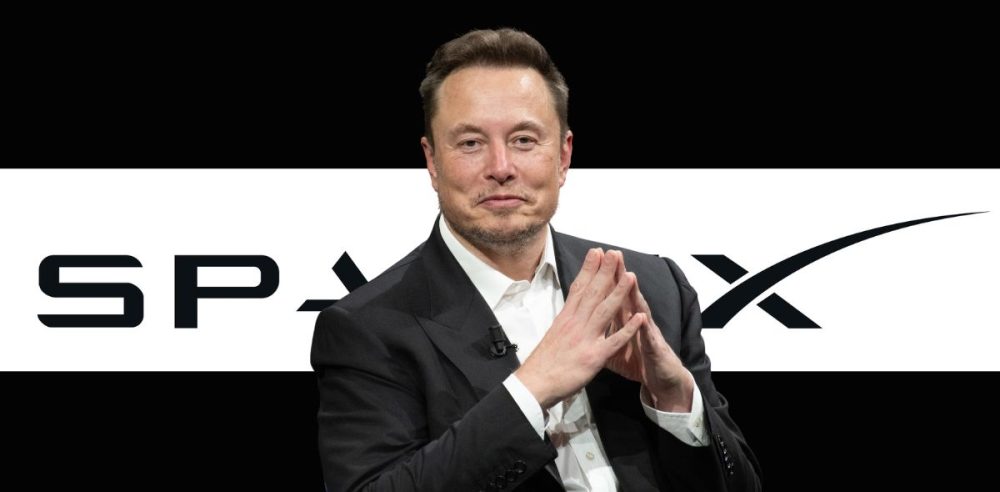Elon Musk’s SpaceX is leading a powerful tech coalition vying to build the backbone of President Donald Trump’s new missile defense system, called the “Golden Dome.”
Still in its very early stages, the project could mark a major shift in how America defends itself—and who gets paid to do it.
SpaceX has apparently joined forces with data firm Palantir and drone maker Anduri in the missile defense plans, per Reuters. Together, they’ve allegedly proposed launching a network of up to 1,000 satellites that would spot missile threats from space in real time. Another 200 satellites could be armed to shoot down incoming missiles aimed at America, using lasers or other advanced tech.
If approved, it could be one of the biggest defense contracts ever awarded to private companies other than the usual Pentagon players, such as Lockheed Martin or Boeing.
In January, Trump pushed the plan forward with an Executive Order titled “The Iron Dome for America.” In that order, Trump called missile attacks the “most catastrophic threat to the United States,” speeding up the call to create a new dome defense system—something similar to Israel’s current missile defense “dome,” but on a much, much larger global scale.
What’s raising some potential eyebrows? SpaceX has allegedly pitched a subscription model, meaning that America would pay for access to the defense system like a monthly service, instead of owning it outright.
Supporters of the defense system may argue it would speed up the construction process and cut red tape to defend America, especially with Musk at the helm. Musk, who has donated over $250 million to Trump-related causes, now holds an advisory role in the White House and leads the Department of Government Efficiency.
Meanwhile, over 180 companies have submitted ideas for the Golden Dome project, according to Reuters, but SpaceX’s existing fleet of satellites and rockets may give them a big head start. SpaceX’s potential part of the plan, referred to in some reports as the “custody layer” – could allegedly cost between $6 and $10 billion alone.
Still, pressure is growing to act fast. A leaked Pentagon memo by Reuters allegedly has urged political leaders to prepare for a limited rollout of the defense by 2026, meaning this tech-powered missile shield’s construction may start sooner than anyone expected.


